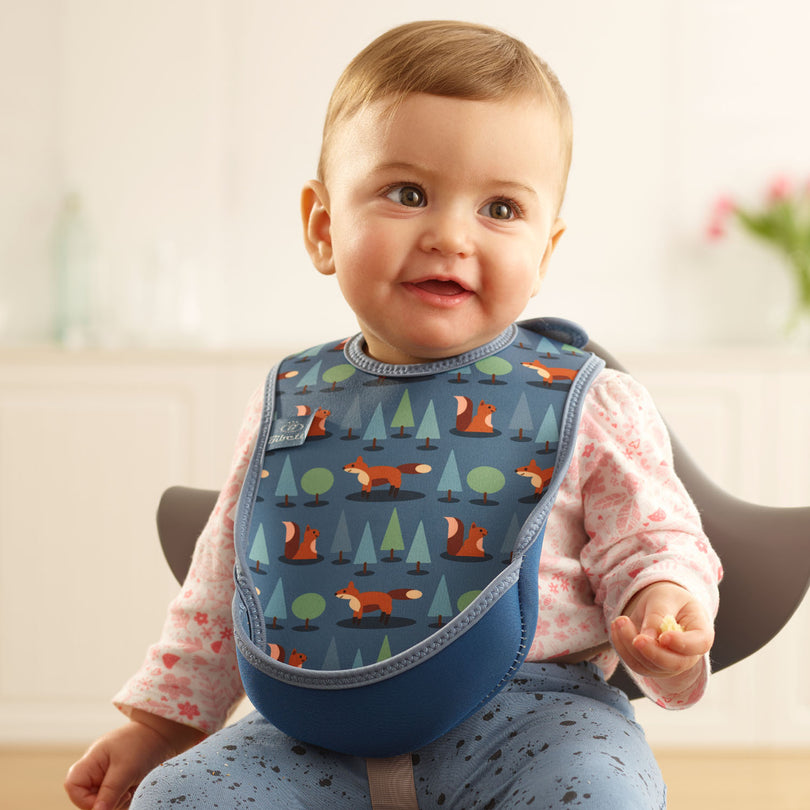This week sees the observance of Nutrition & Hydration – The mission behind this, is to create a global movement that will reinforce, focus, energise, create activity and engagement for nutrition and hydration as a fundamental element to maintaining the health and well-being for the global community.
This is easier said than done for us grownups, let alone trying to apply the same principles and keep our children hydrated and nutritionally well balanced.
We asked Dr Enid Taylor co-founder of the world renown gut health clinic, The Taymount Clinic, her top tips…
Hydrate – not Dehydrate!
1.Although we are technically now in Spring, we are still experiencing wintry weather; if you wrap your little ones up warmly, they can start to get over warm and even perspire. You may not notice this under their layers. A child left sleeping in a pram for anything over an hour can sweat too much and end up dehydrated. Check for fine beads of perspiration on their top lip but also if you see the fontanelles (soft spots on the top of their head) being a little depressed, or sunken, then your little one is seriously dehydrated. Make sure you have a drink ready for when a sleeping baby wakes up, even some cooled, boiled water or very diluted fruit juice. Don’t make drinks into a sugary hit, keep them all about water; you can brew up some herbal teas (especially good for babies’ digestion is fennel tea) and add a tiny amount of honey or maple syrup just to take the plainness away – no more than half a teaspoonful in a pint of warm, boiled water. If your child is very dehydrated, ask your chemist for the right paediatric rehydration sachets which contain a tiny amount of salts and electrolytes to re-balance the fluids in the body. It is best not to let it get that bad and always have a cool drink ready to ‘top-up’ your little one.
Natural Fabrics
2.Try to use more natural fabrics rather than synthetics, as this stops some of the sweating and the fibres in cotton and wool are nature’s way of trapping tiny pockets of air around the body which keeps your child warm yet allowing for natural perspiration to be wicked away from the skin. If your child suffers from any skin conditions, rashes or allergies, keep them away from close contact with anything polyester or nylon. Cotton is best, especially organic cotton, as it is made with no bleaches or chemicals which can damage immature skin.
Natures Rainbow
3.An easy way of balancing nutrients for your children, especially when they are at the finger-food stage, is to make sure they ‘eat the rainbow’ every day, if not at each meal. Ignoring the garish colours of artificially coloured and processed foods, take your choices from nature’s rainbow: sweetcorn, green beans, broccoli, cucumber sticks, carrot sticks… make the plate a riot of colour. A really cool way to get little ones to eat lots of veggies is to make ‘Happy Faces’ with the foods. Make a dip from something nutritious like organic tofu, organic soft cheese, organic cream cheese or taramasalata (full of minerals and protein), and arrange vegetables around to make faces. Half a cherry tomato makes a nose, baby sweetcorn make funky eyebrows, peas for eyes, cucumber cubes for teeth, red pepper slices for lips, cauliflower for hair, use your artistic flair and imagination. You could even use seaweed vegetables to get really creative and sneak some hi-mineral foods into your child’s diet. Give the faces a name, take a photo and create a ‘menu’ so that when you are planning your meals, your children can order their favourite friend for tea!






